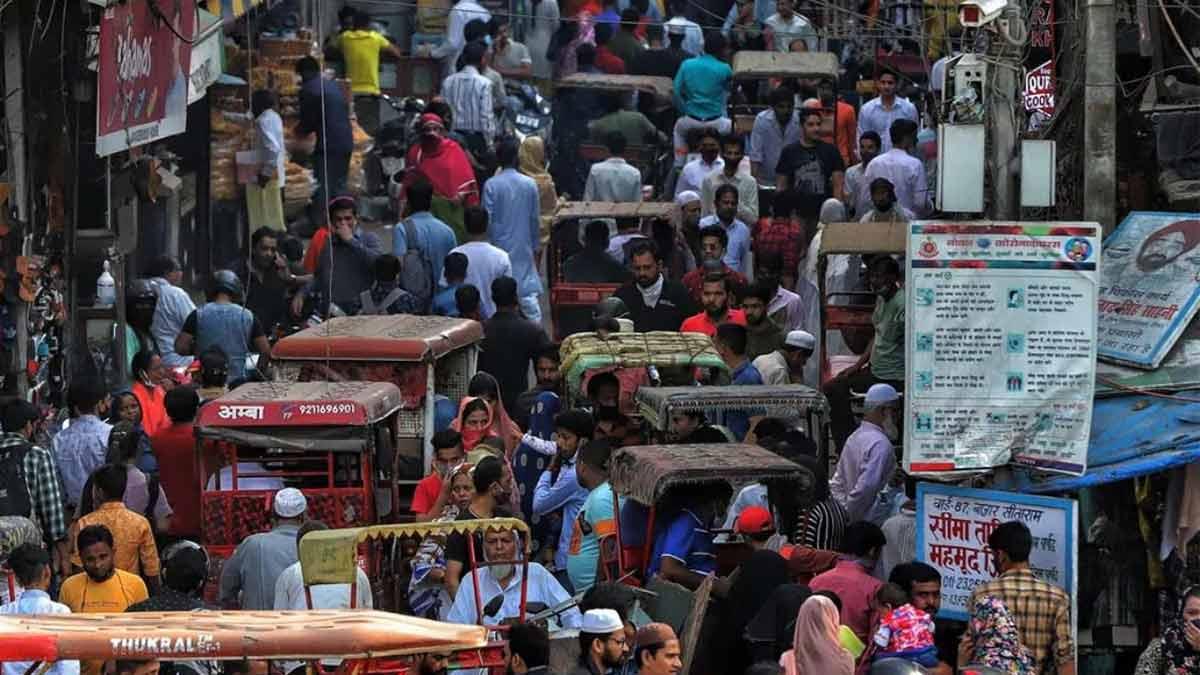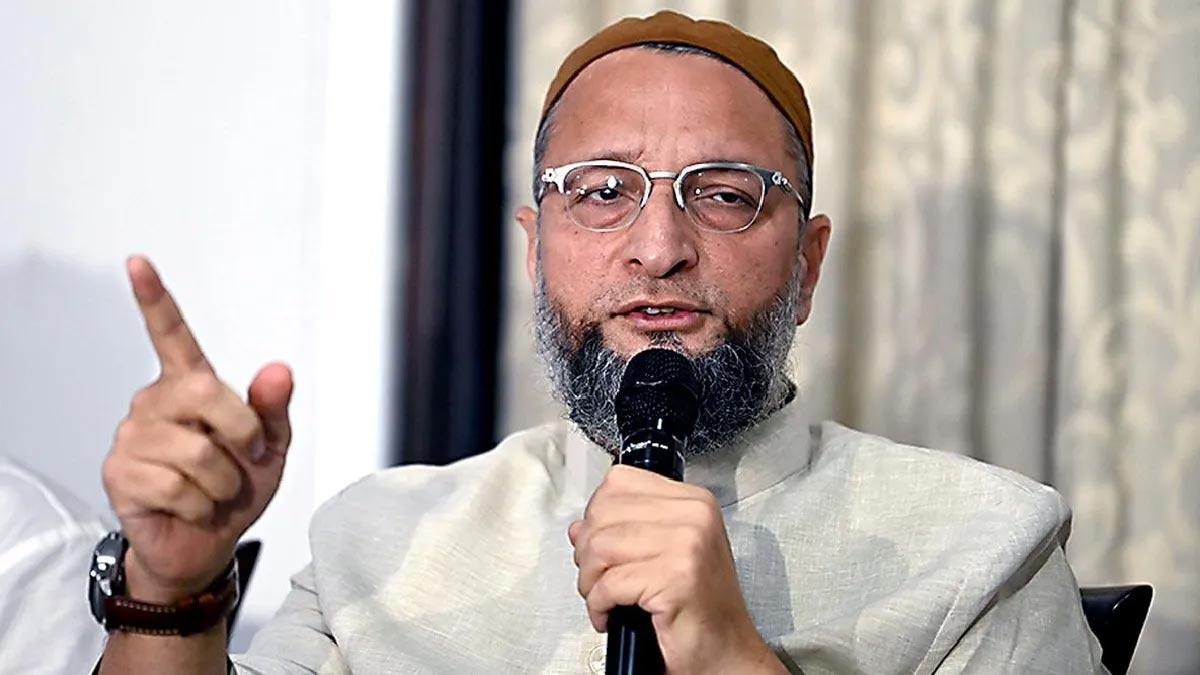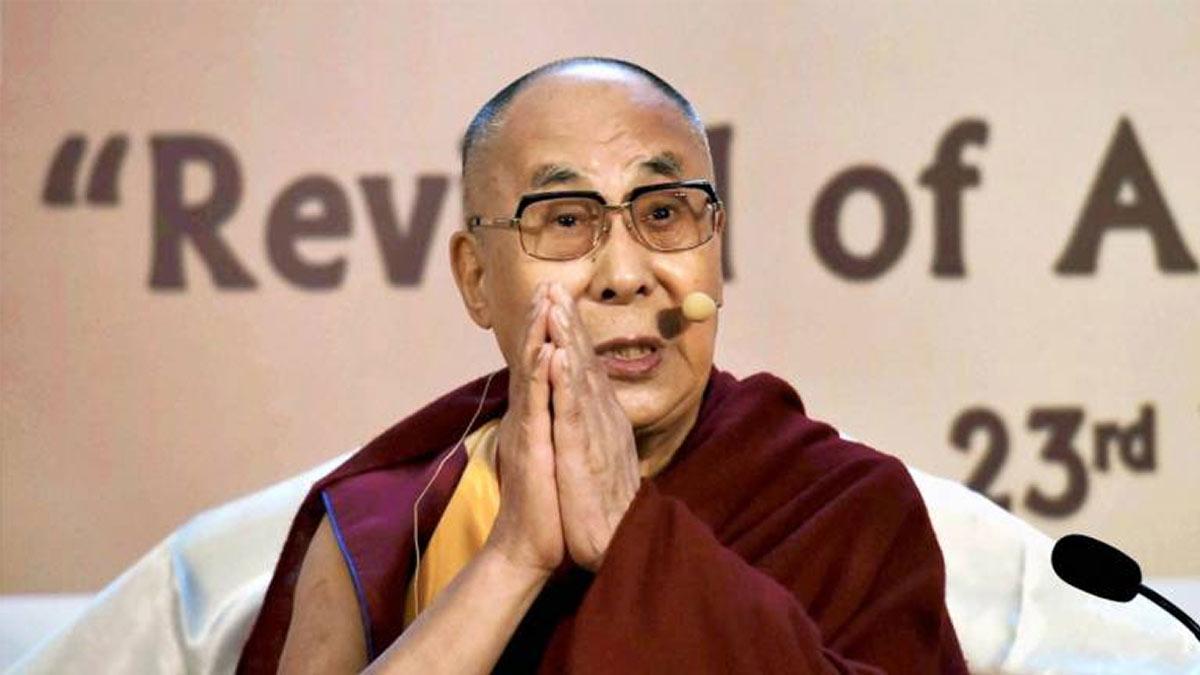India's rate of fertility has fallen to 1.9—below the replacement rate of 2.1—indicating Indian women are, by and large, having fewer children than required to replace the population size at a given point of time.
This is in line with an overall trend globally. The State of World Population 2025 report published by the United Nations Population Fund (UNFPA) indicates that fertility rates are, in fact, declining worldwide.
The population in the world has increased over threefold since 1950, while the overall fertility has declined from 5 children per woman in 1950 to 2.25 per woman in 2024," the report observes based on information provided by the UN Department of Economic and Social Affairs (UN DESA).
Estimates indicate that in 2050 world fertility will stabilize at the replacement level of 2.1.
The report applauds India's success in slowing its population growth using non-coercive tools like education, access to reproductive health care, and women's empowerment. In 1960, India had a population of 436 million and the average woman had six children. Years of investment in awareness and health care have since reduced that figure.
“Women in India—and around the world—have more autonomy and rights today than their mothers or grandmothers did. Yet, they still face barriers to fully exercising reproductive choices,” the report states.
India’s population is estimated to have reached 1.4639 billion by April 2025. The UNFPA expects it to peak at around 1.7 billion in the next 40 years before beginning a slow decline.
The results are derived from an international survey of 14,000 people across 14 nations including India—nationally, a country that by itself represents 37% of the surveyed world population.
The report highlights India's demographic advantage: 68% of its population is between the working ages of 15–64 years, and only 7% are above 65 years. This demographic structure offers an unprecedented chance to tap economic growth through a demographic dividend.
UNFPA's report conforms with the fifth round of the National Family Health Survey (NFHS-5) data, which placed India's fertility rate at 2.0 in the year 2022. NFHS-5 reported that fertility declined more steeply in rural areas—from 3.7 in 1992–93 to 2.1—than in urban fertility, which declined from 2.7 to 1.6 during the same time.
States with fertility rates higher than the country average are Bihar (2.98), Meghalaya (2.9), Uttar Pradesh (2.35), Jharkhand (2.26), and Manipur (2.2).
The report also addresses the use of contraceptives: 51% of women aged 15–49 years in India are using contraceptives, with usage increasing to 68% among married women. Among the interviewed women, 41% found two children ideal, and 12% found having more than two ideal.
But there is still some disparity between the ideal family size and reality. Approximately 7% of the respondents who were below the age of 50 reported that they expected fewer children than they thought was their ideal.
When questioned on why they opted to have fewer children, Indian respondents listed a variety of concerns. The most prominent reason was financial constraints (38%), followed by unemployment or job insecurity (21%). These explanations reflect international sentiments—on average, 39% of respondents across the 14 countries indicated financial constraints.
Family relationships also affect reproductive decisions. Nineteen percent of participants reported that their partners wanted fewer children, and 15% reported that the lack of support from household or childcare responsibilities affected their decision.
Medical professionals were also perceived as having an effect on reproduction. In India, 14% of those participating indicated being pressured by doctors or health workers to have fewer children.
Read also| Indian Army Secures ₹30,000 Crore Boost with Indigenous QRSAM Air Defence System
Read also| Rahul following George Soros' playbook to spread electoral chaos, Says Amit Malviya


















